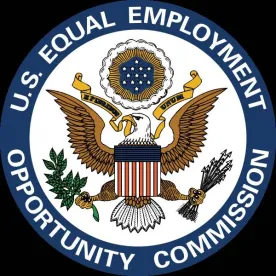On May 12, 2017, a divided Tenth Circuit addressed the level of detail that must be contained in an EEOC charge when a plaintiff alleges quid pro quo harassment. In Jones v. Needham, No. 16-6156 (10th Cir. May 2, 2017), the plaintiff alleged he was fired because he would not have sex with his direct supervisor, who was also a shareholder of the business. The plaintiff completed an EEOC intake questionnaire, checking the boxes for “Sex” and “Retaliation” as the basis for his discrimination claims and also writing out “sex har[as]sment.” In response to questions seeking further details on his claims, the plaintiff wrote: “[s]ee attached.” The referenced document included a six-paragraph statement, which concluded with the following: “I was terminated because I refused to agree to [the supervisor]’s sexual advances and I rejected all such efforts by her.”
However, the document referred to as the attachment was not submitted to the EEOC, and the EEOC never alerted plaintiff that the document was not attached. Instead, the EEOC prepared a generic charge that, while referencing that the plaintiff was sexually harassed and terminated at some point after complaining about harassment, the charge did not specifically mention Qi. The plaintiff subsequently filed a lawsuit alleging he was subjected to both hostile work environment and quid pro quo forms of sexual harassment. The district court subsequently dismissed the plaintiff’s quid pro quo harassment claim, finding that he failed to exhaust his administrative remedies.
The Tenth Circuit observed that, before filing suit, a plaintiff must file an administrative charge with the EEOC that generally determines the scope of the claim the plaintiff may eventually file in federal court. Yet the court further explained that quid pro quo and hostile work environment claims are not wholly distinct and that both “lead to the same place: sexual harassment that violated Title VII’s proscription against sex discrimination in the workplace.” While the elements needed to prove these claims differ, the facts of —and investigations into—the two scenarios could overlap.
Turning to the contents of the plaintiff’s charge form, the court noted that the plaintiff stated he was subjected to sexual remarks, indicated the alleged harasser terminated his employment and alleged that no reason was given for the termination. The Tenth Circuit found these statements were sufficient to alert the employer to the sexual harassment allegations and to trigger an investigation into whether the sexual remarks and plaintiff’s firing were connected. Accordingly, the court reversed the district court’s dismissal of the plaintiff’s quid pro quo claim, remanding the matter to the district court for further proceedings.
The Jones decision serves as a reminder that courts often express a willingness to construe EEOC charges liberally when assessing whether a plaintiff has met his administrative obligations under Title VII.




 />i
/>i

